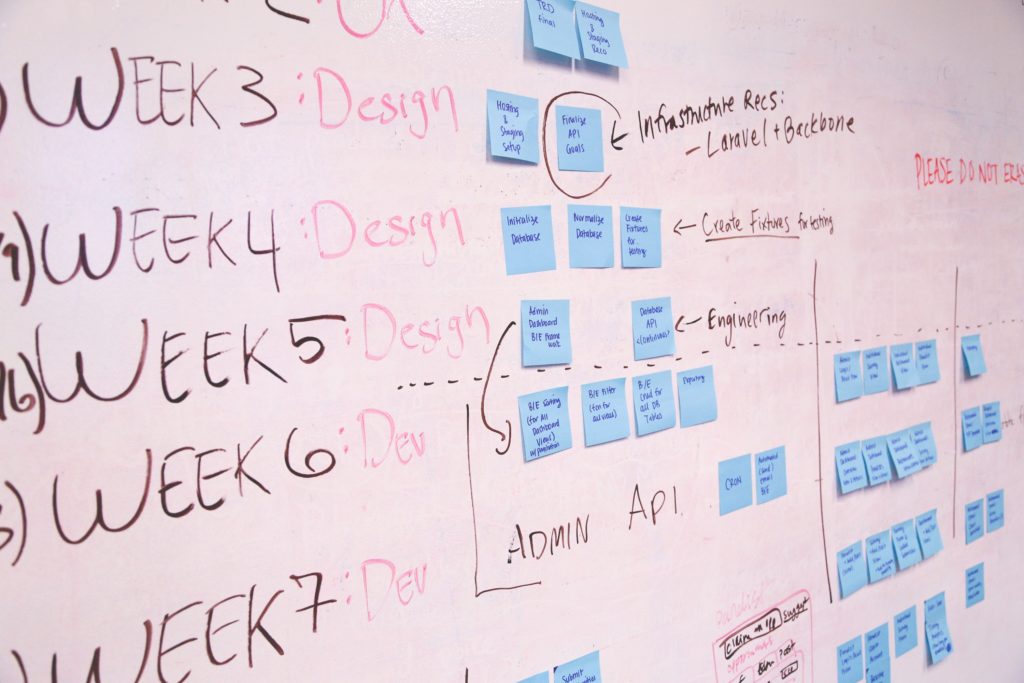Every new major AEM release brings many useful features, improvements and obviously bug fixes. Shall we upgrade?
Adobe releases a major version of AEM annually, every new major release brings many useful features, improvements and bug fixes. Does it effectively mean that every project should be migrated to the newest version of the platform? The answer is not simple and depends on the given project. Let us try to find some guidance on that matter.
End of the support period
Every AEM version gets Adobe’s core support for three years, counting from the release date. Currently, the version support matrix looks as follows:
- AEM 6.2: 4/30/2019
- AEM 6.3: 4/30/2020
- AEM 6.4: 4/30/2021
- AEM 6.5: 4/30/2022
Apart from the core support the organization may purchase so-called extended maintenance and support service from Adobe. That service prolongs the period for additional two years.
The key thing from the perspective of the support service is to plan the upgrade process. The worst thing that may happen is to end up with a situation where there is no support at all (because core support is no longer available) and the extended service has not been purchased. Your application may not even get critical security upgrades, that may decrease the overall level of security and consequently cause major risks, disruptions or even loss in your business.
Even if your organization has already planned or even purchased the extended support it will need to upgrade to the newest version anyway at some point. Therefore it is extremely important to take all the advantages of the regular upgrade into account and avoid all the risks and costs involved in the lack of the upgrade plan.
New features & improvements
Adobe sets the trends and unsurprisingly, the company was named a Leader in Gartner’s 2020 Magic Quadrant for Digital Experience Platforms. Every new major version of the product brings new, sometimes significantly important features, therefore while considering an upgrade it is worth checking the release notes to identify new pieces that could address your current needs or leverage your business capabilities. To mention a few examples:
- Managed Single-page Apps (SPA Editor) introduced in AEM 6.4 SP2
- Headless Content Management (Experience Fragments, Content Fragments) introduced in AEM 6.3
- Digital Signage support introduced in AEM 6.5
- …
Migration to AEM in Cloud
Adobe launched AEM as a service this year. That is a huge change in many aspects of the application lifecycle, processes, upgrades and pricing models. Although the concept of the Cloud AEM is relatively new, it is already worth thinking about this direction towards Adobe goes. It is not excluded that shortly AEM will become version-less and the upgrade process will be much simpler.
Well, that may sound tempting, but one should not forget that without being up-to-date with the AEM version the migration will not be possible.
Summary
Putting all of that together, the organization should at first understand that the upgrade is inevitable. The real question is when it should happen – the answer however, should take into consideration aspects like a core support period, features that were or are to be introduced and finally the plan around migrating to AEM in Cloud. Naturally, the more frequent actions reduce the time and budget needed for a single upgrade.
In the next article, we will describe how to plan the upgrade process well. Stay tuned!




